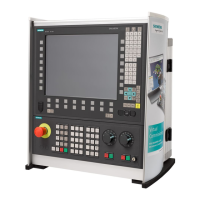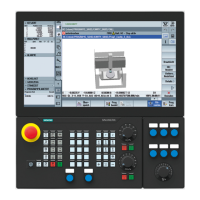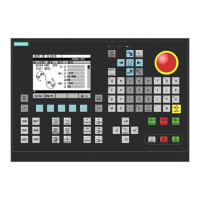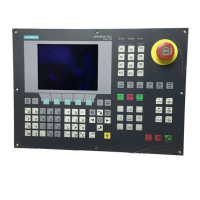Brief description
1.1 Brief description
Power Line Basic PLC Program (P3)
1-2 Function Manual, 08/2005 Edition, 6FC5397-0BP10-0BA0
Data transfer must be as fast and yet as reliable as possible, in order to minimize the effect
on the NC machining process. Data transfer is therefore controlled by alarms and
acknowledgments. The basic program evaluates the signals and data, acknowledges this to
the NCK and transfers the data to the application interface at the start of the cycle. If the data
do not require user acknowledgment, this does not affect NC processing.
Event-driven signal exchange PLC → NCK
An "eventdriven signal exchange PLC → NCK" takes place whenever the PLC passes a
request to the NCK (e.g., traversal of an auxiliary axis). In this case, the data transfer is also
controlled by acknowledgment. When performed from the user program, this type of signal
exchange is triggered using a function block (FB) or function call (FC).
The associated FBs (Function Blocks) and FCs (Function Calls) are supplied together with
the basic program.
Messages
User messages are acquired and conditioned by the basic program. A defined bit field is
used to transfer the message signals to the basic program. The signals are evaluated there
and entered in the PLC diagnostics buffer on the occurrence of the message events. If an
MMC is present, the messages are displayed on the operator interface.
Note
The function of the machine is largely determined by the PLC program. Every PLC program
in the working memory can be edited with the programming device.
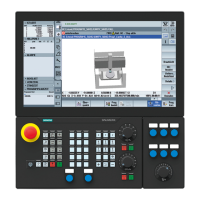
